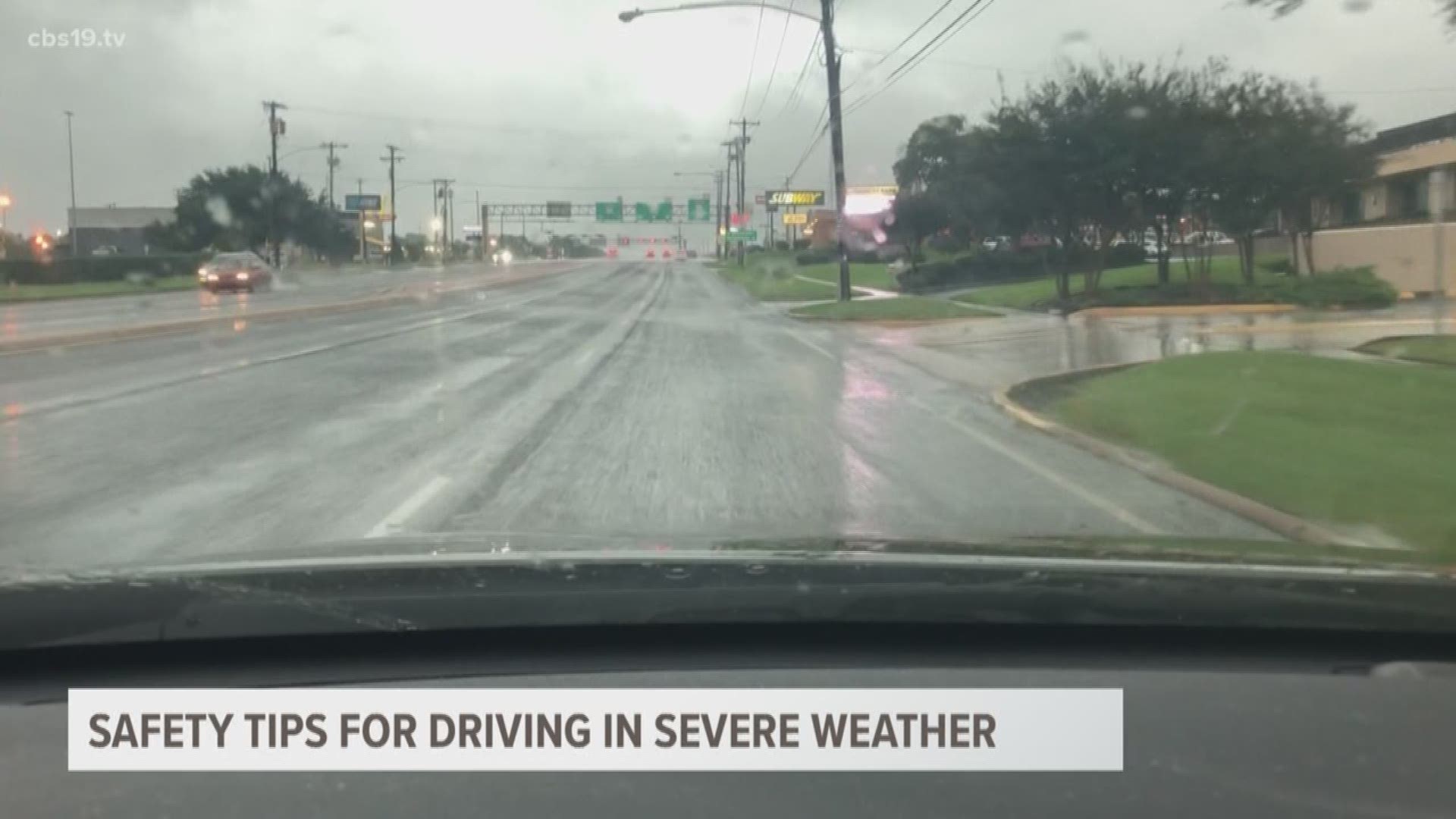TYLER, Texas — When there is a risk of flooding, emergency personnel urge drivers to stay off the roads as much as possible.
According to the National Weather Service, flooding is consistently ranked as the second deadliest weather event. That means more people are killed by flooding each year compared to tornadoes, hurricanes, and winter or cold weather.
One major risk involved in flooding is that water can easily seep a vehicle off the road. According to the NWS, more than half of all the flooding deaths each years happen in vehicles.
Water as shallow as six inches can stall a car. If the water is one foot, smaller vehicles can be swept off the road. If the road is flooded between 18 and 24 inches, larger vehicles can also be swept off the road.
Even if the water does not look to be deep, the driver can never see if the road is washed away, making driving through the water even more dangerous.
If you do get trapped in a car, experts encourage drivers to stay in the vehicle if possible. If the water level is rising, drivers should exit the vehicle and climb on top of the roof.
If you are not going through a flooded area, you should still take it slow when there is heavy rain on the road. Not only can rain cause you to hydroplane but if you come upon a flooded road, it will be harder to stop.
Drivers should also be aware of where they park. If you park near a stream, dip or other low areas, you could be putting your vehicle at risk during a flooding event.
Drive-Texas.org has an updated map of roads with hazards like flooding and debris you can check for safety before heading out the door.
Other Severe Weather Preparation Tips:

